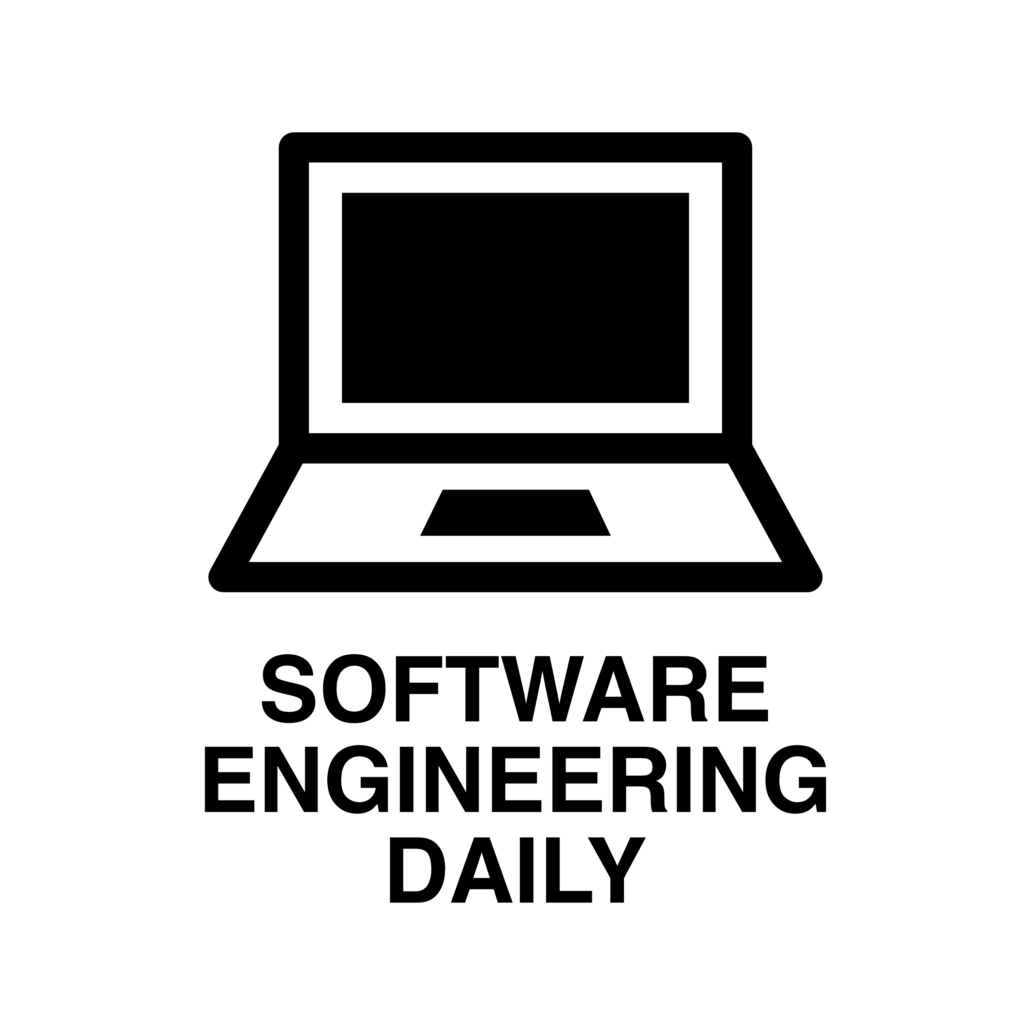The End of Cloud Computing with Peter Levine
Podcast: Play in new window | Download
Subscribe: RSS


Cloud computing has pushed computation away from our own private servers and into virtual machines running on a data center. In the world of cloud computing, processing is centralized in these data centers, and our smartphone and laptop application performance suffers from having high latency between the client and the cloud server.
As machine learning proliferates, the current model of cloud computing will become too slow. A small difference in the time it takes to refresh a machine learning model for a drone or car could be the difference between life and death.
Computation will move to the edge. The same drones, cars, and IoT devices that need their models updated quickly will form a peer-to-peer network with which to distribute time-sensitive tasks. One bellwether for this real time peer-to-peer network might be Uber’s Ringpop, a fault-tolerant application layer sharding system.
In such an edge computing model, your device could federate a complex request out to other nearby devices that have spare processing capacity, pay for those compute cycles using Bitcoin, and receive a response without any request to a centralized cloud server. The cloud servers would still be around, but they would be responsible for doing offline computation across large data sets.
This prediction was described by Peter Levine, a partner at Andreessen Horowitz in his talk “The End of Cloud Computing”. In this episode, Peter discusses the pressures that our pushing toward edge computing and away from the cloud.














